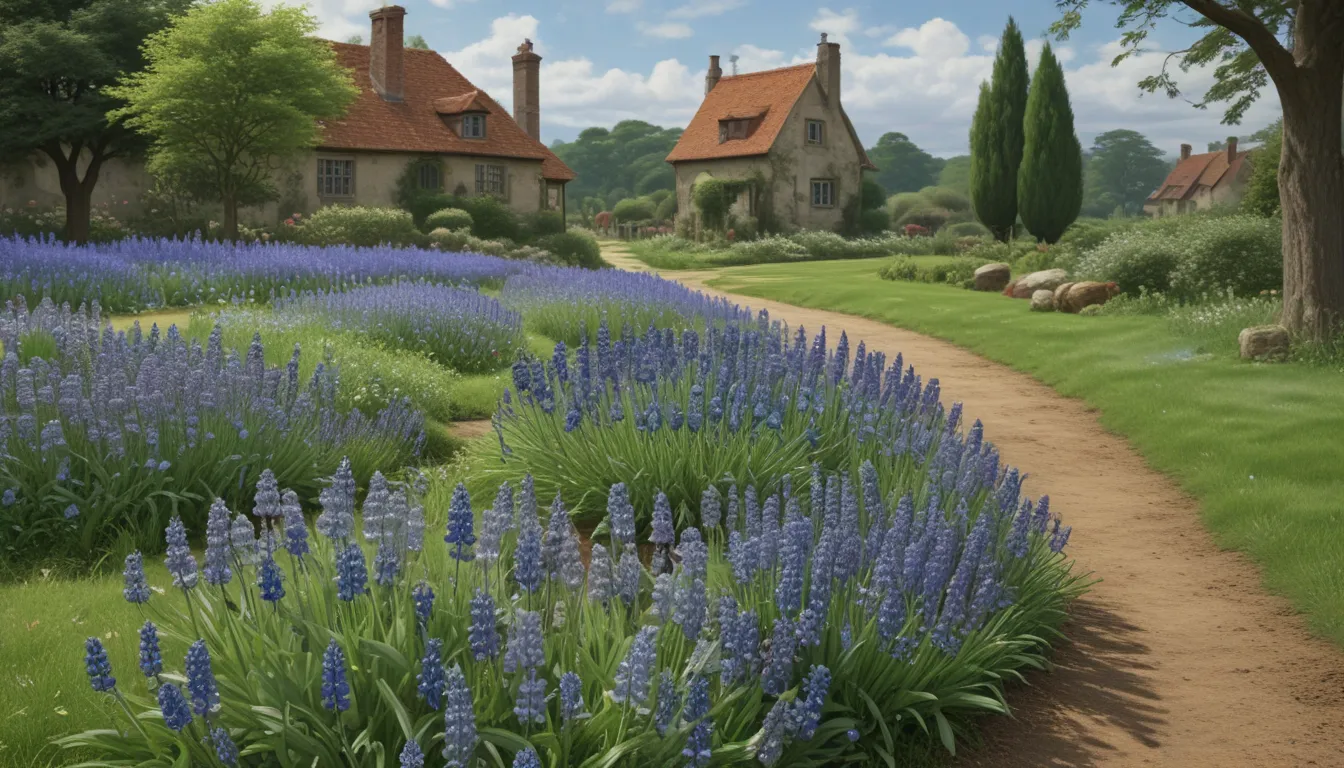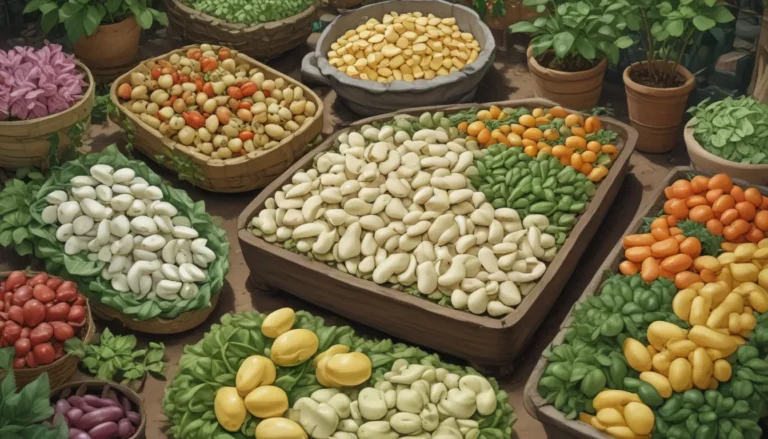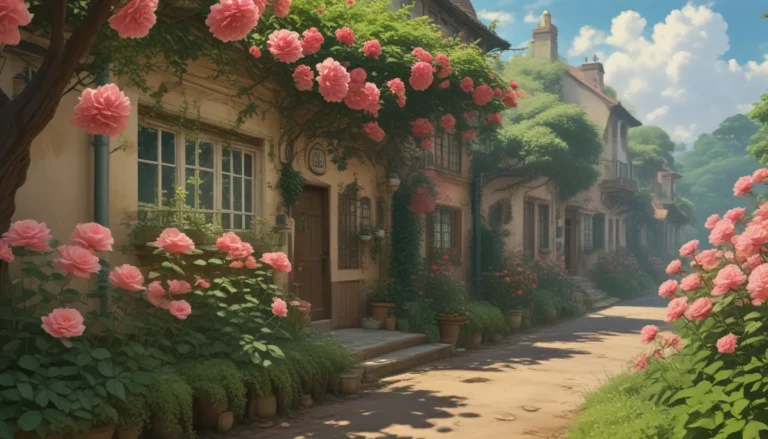Naturalizing Grape Hyacinth (Muscari) in Lawns: A Complete Guide

Are you dreaming of a picturesque garden with beautiful grape hyacinths blooming effortlessly in your lawn? The idea of colorful spring flowers adorning your yard without much effort sounds appealing, right? Well, grape hyacinths, also known as Muscari, are the perfect choice for this enchanting vision.
Perennial spring-flowering bulbs like Muscari thrive when planted in grass, effortlessly establishing themselves and returning every spring to paint yards with vibrant colors.
However, for them to flourish, they require the right conditions, such as well-draining soil and full sun. Additionally, it’s crucial to select early-flowering varieties to ensure they finish blooming before you bring out the lawn mower. Trimming the tips is acceptable, but the foliage must remain intact to support the bulbs through photosynthesis.
If you’re ready to witness a sea of pretty blue, purple, and white flowers in your lawn, let’s dive into the steps involved in naturalizing grape hyacinths.
What You’ll Learn
- When to Plant
- How to Plant
- Early Flowering Varieties
- Care After Flowering
When to Plant
Grape hyacinths, scientifically known as Muscari spp., are spring flowering perennials that need to be planted in the fall for blooms the following spring. It’s advisable to wait for autumn rains to provide regular water as the small bulbs can dry out quickly. The bulbs must be in the ground before freezing temperatures make your lawn unworkable.
In the Northern Hemisphere, October and November are considered the best months for planting, but the specific timing may vary depending on your region.
How to Plant
Planting bulbs in lawns for naturalization follows a similar process to planting them in garden beds, with the main difference being the established turf you have to work with.
The simplest method involves selecting a sunny location and peeling back sections of sod in rectangles or squares. Use a sharp spade or sod lifter to cut through the grass on three sides, ensuring a depth of three inches to clear the roots. This process creates an ideal planting site for these small bulbs.
After cutting the three sides, lift the sod in one piece and flip it back over the fourth side. If necessary, lightly loosen the soil underneath with a cultivator, spade, or trowel. Add a couple of tablespoons of bone meal for healthy roots and place the bulbs on the soil, ensuring they’re spaced a few inches apart with the root side down.
Alternatively, you can create individual pockets in the lawn using a bulb planter, hand trowel, or narrow spade. Dig down to a depth of three inches, pull back a small flap of sod and soil, mix in some bone meal, and place the bulbs in position with the root-end down.
Popular tools for planting bulbs include:
- Burpee Classic Bulb Planter
- Walensee Stainless Steel Planter
Choosing early flowering varieties is crucial to ensure the foliage remains intact for a prosperous second season and beyond. Varieties like M. azureum, M. botryoides, and M. latifolium provide a colorful and fragrant display when naturalized in lawns.
Early Flowering Varieties
To ensure a successful naturalization process, it’s essential to select early flowering varieties of grape hyacinths. Mid-season bloomers like M. armeniacum may not align with your lawn mowing schedule, potentially affecting their performance in subsequent years.
Here are some early flowering species to consider:
- M. azureum
- M. latifolium
- ‘Grape Ice’
These varieties bloom early in the spring, offering a range of colors and fragrances to brighten up your lawn. Plant them in groups for a stunning visual impact.
Care After Flowering
Once planted, grape hyacinths will multiply effortlessly and continue naturalizing without much intervention. It’s crucial to leave the foliage undisturbed until it turns yellow, withers, and dies back naturally. Avoid mowing for at least six weeks after the plants finish flowering to allow them to store energy through photosynthesis.
Water the plants regularly during the growing season, providing approximately one inch of water per week if spring rains are insufficient. Once they go dormant, you can withhold water without harming the bulbs.
Following these care guidelines will ensure your grape hyacinths thrive and multiply, creating beautiful swathes of colors in your lawn.
Swaths of Blue, Purple, and White
In conclusion, naturalizing grape hyacinths in your lawn can add captivating waves of blue, purple, white, and bicolored flowers that brighten up your outdoor space. By following the planting and care guidelines outlined in this article, you can create a visually stunning garden with minimal maintenance.
Whether you choose to plant large drifts or small pockets of grape hyacinths, selecting early flowering varieties is key to a successful naturalization process. Keep your lawn mowing schedule in mind and provide adequate water during the growing season to enjoy the beauty of these low-maintenance bulbs.
Do you have any questions about naturalizing grape hyacinths in lawns? Feel free to drop us a line in the comments section below. Stay tuned for more informative articles and guides on growing grape hyacinths in various settings!





